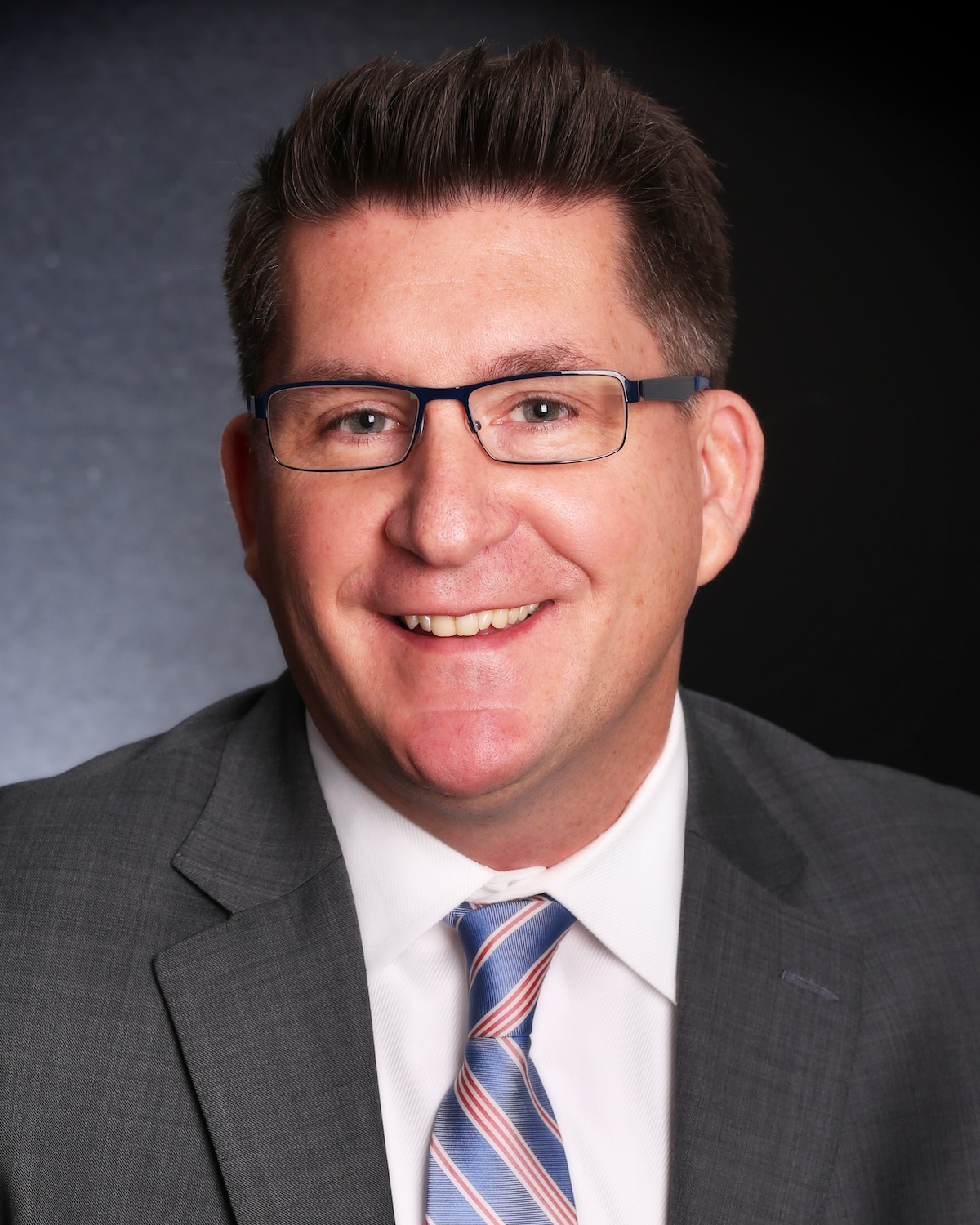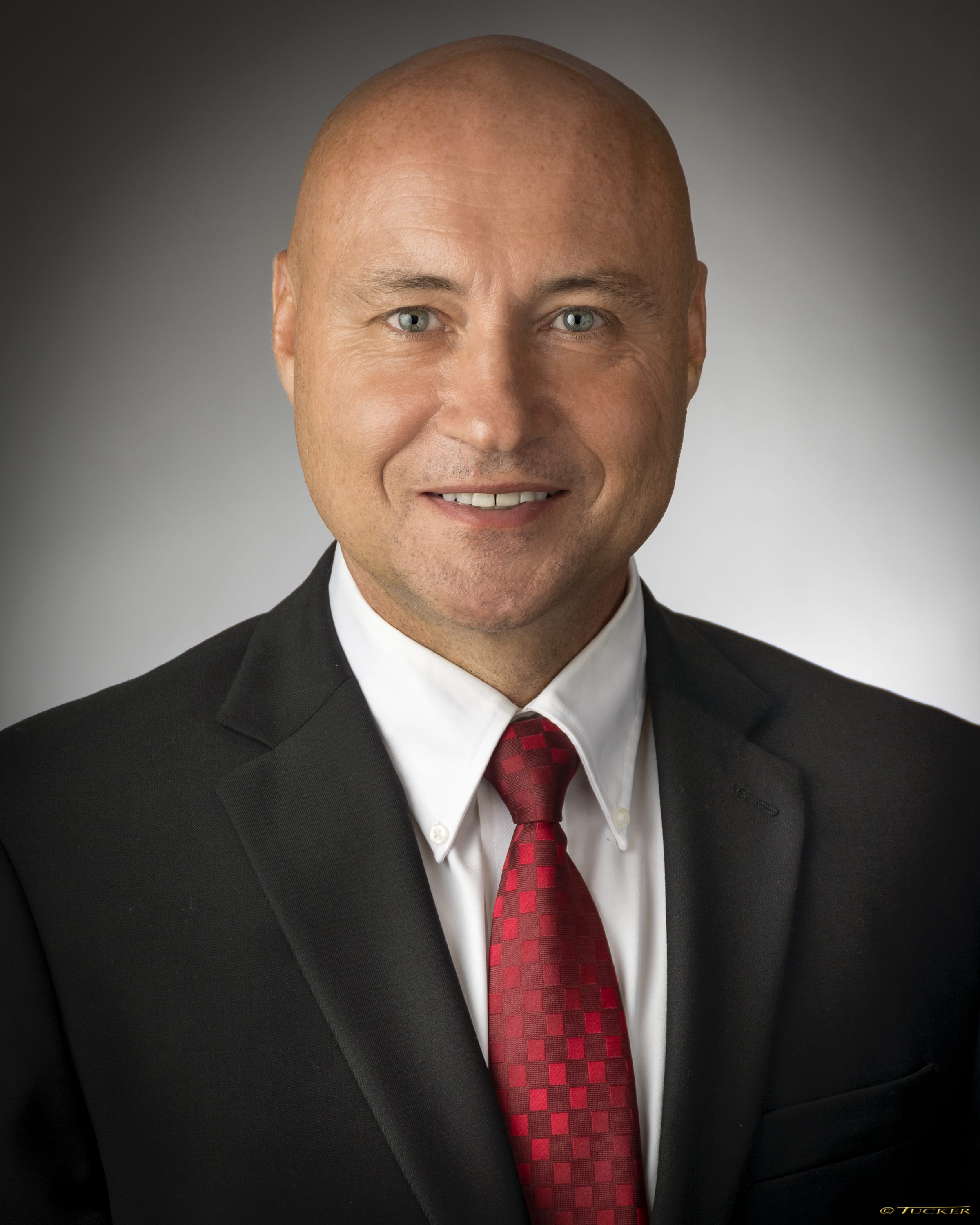American Banker News Article
Robert Klein, Founder and Chairman of Safeguard Properties, was quoted in the American Banker article titled, Slow Pace of Repossessions Aggravates Problems in Housing.
Banks and mortgage servicers are not repossessing a massive backlog of distressed properties, which is likely to further depress home prices and prolong the housing crisis.
Millions of delinquent loans are in limbo because banks want to avoid taking losses and the government has given them plenty of options, from foreclosure moratoriums to loan modification programs.
But experts, including bankers, say the time has come to bite the bullet.
“The question is when do the big servicers that have adopted a policy of deferral flip the switch?” said Sean Dobson, chairman and chief executive of Amherst Securities Group.
Jack Schakett ,a credit loss mitigation executive at Bank of America Corp., pulled no punches answering that question.
“Clearly we’ve reached that point where it’s time to stop pursuing modifications and get on with the foreclosure process,” Schakett said. “We are in the period right now where we have many customers who do not qualify for modifications and they will be going through a dignified exit from the home.”
To allow such “dignified exits,” more banks have been sidestepping the foreclosure process and encouraging borrowers to do short sales or deeds-in-lieu.
In a short sale, a borrower sells the property at its current value even if the sale brings in less than the amount owed on the mortgage. For a deed in lieu, a borrower voluntarily gives up ownership of property.
Losses on both these “preforeclosure actions” can be less than on a foreclosure.
Citigroup Inc.’s mortgage unit has jumped on the bandwagon.
“We are reaching out proactively to all delinquent borrowers to do a short sale, with incentives to move them faster,” said Sanjiv Das, chief executive of CitiMortgage.
“We’ve been mindful of the price deterioration at the MSA [metropolitan statistical area] level in anticipation of the tail risk of prices going down further,” Das said. “We are pricing at where the market might go.”
Recent data provides some evidence that servicers are picking up the pace of foreclosures, however slowly.
Bank repossessions hit a record high in May for the second month in a row, with a total of 93,777 properties repossessed by lenders, up 44% from a year earlier, according to RealtyTrac., an Irvine, Calif., company that monitors foreclosure filings. All 50 states posted year-over-year increases in REO activity.
Still, 12.7% of all mortgages were delinquent at the end of April, while the percentage of loans in foreclosure still remained fairly low, at 3.18% nationwide, according to Lender Processing Services (LPS).
Some states, including Florida, Nevada, Arizona and California, have a huge disparity between the percentage of noncurrent loans and those in foreclosure. For example, in California 10.8% of loans are noncurrent, but only 3.2% are in the process of foreclosure.
Lenders looking to clear inventory are facing some stiff headwinds.
The expiration of the homebuyer tax credit, restrictive underwriting guidelines, high unemployment and a tough economy have reduced the demand for homes. Fewer potential homebuyers will be able to absorb the glut of homes.
“I think it will be a slow-drip process, a prolonged cycle of clearing these distressed homes,” CitiMortgage’s Das said.
Many banks adopted a “delay and pray” strategy last year when federal, state and local governments put a halt to foreclosures and required that borrowers be evaluated (and re-evaluated) for modifications, lenghthening the normal foreclosure timetables. (Several states issued foreclosure moratoriums in late 2008 in an effort to pressure servicers to find more solutions to keep borrowers in their homes. Fannie Mae and Freddie Mac enacted a foreclosure moratorium in November 2008 to give servicers time to adopt new modification procedures.)
None of the programs solved the problem. With high unemployment, a large percentage of borrowers who receive modifications are redefaulting, adding to the shadow inventory of distressed properties.
There are 3.5 million homes for sale today, and LPS estimated another 2.9 million homes have been repossessed or are in the foreclosure process. Around 4.5 million borrowers are at least 30 days’ delinquent on their mortgage. Once a loan is delinquent by two months, it’s extremely unlikely the borrower will catch up on the payments.
Standard & Poor’s has estimated it will take three years for the current shadow inventory of homes to clear the market ? and certain metropolitan areas will take much longer.
Georgette Prigal, the founder of Pheulpin Capital Group, a Garden City, N.Y., buyer and seller of distressed bank assets, said many banks have been stymied by their own optimism.
“They think we’re looking at a two- to three-year downward cycle and then we’ll see a big rebound in housing prices,” Prigal said. “They’d rather bleed a $50,000 loss here and a $60,000 loss there instead of realizing a full loss on a sale. But at this rate it’s going to take eight or nine years to clear the backlog.”
Cary Sternberg, the chief executive of Excellen REO, a unit of Fort Mill, S.C.-based Titanium Holdings Inc. that unloads repossessed properties, said most of the uptick in REO volume is coming from the government-sponsored enterprises ? not banks.
“There’s not a lot of volume yet but a noticeable increase is coming from the GSEs,” Sternberg said. “We’re not at the bottom. I think we’re still looking at three to five years before we get to a normalized market.”
Loans held in private-label mortgage securities ? those without federal guarantees ? made up 28% of the 5.3 million seriously delinquent loans that are 90 days or more past due, according to Freddie Mac. Fannie Mae and Freddie hold a combined 27%, followed by banks and thrifts with 16%.
Holders of residential mortgages only have a few choices.
They can sell their distressed loans, but at 30 cents on the dollar, few have chosen that route except for the worst portfolios.
Repossessing a property is expensive, because then the servicer must pay property taxes and maintenance expenses. Homeowner association dues, grass-cutting and winterizing can run an average of $6,000 a month while a property sits on the market waiting to be sold, Sternberg said.
That has left loan modifications as the preferred course of action for most servicers.
While many industry executives applaud the government’s effort for staving off what could have been a more severe housing depression, they acknowledge that without widespread principal reductions, most borrowers who have received loan modifications will still end up losing their homes.
Chris Gamaitoni,, an analyst at Compass Point Research and Trading, said banks are not taking into account the effects of redefaults, which are “going to slowly have to accrue through the banking system, weighing on long-term profitability.”
The four largest banks ? Bank of America, Citigroup, JP Morgan Chase, and Wells Fargo ? are expected to record chargeoffs of $196 billion this year and next, more than the $166 billion of loan losses taken in 2008 and 2009, said Craig Emrick, a senior vice president at Moody’s Investors Service.
JPMorgan Chase and Wells Fargo did not comment for this story.
Gamaitoni said he thinks 15 states have a high risk of falling into a double-dip housing recession. Three states ? Florida, South Carolina and Georgia ? are under the most severe stress because of high rental vacancy rates as well.
“The bubble was just too big, and it will take years to work through the extensions of credit,” Gamaitoni said.
Kyle Lundstedt, managing director at Lender Processing Services’ applied analytics group, said servicers are still overwhelmed by the volume of delinquencies and repeated changes to government programs.
“Because we had moratoriums, it was easy for people to think all the problems were resolved,” he said. “As REO ramps up again, we’re going to go back to a traditional scenario where areas with large volumes of REO will be very soft with depreciation; and other areas that don’t have excess inventory will start seeing appreciation again. Geography will become a critical driver again.”
Government intervention also has created costly glitches.
For example, the foreclosure moratoriums precluded servicers from taking back vacant properties, which could have been pushed on to the market sooner.
Freddie Mac has estimated that nationally 36% of seriously delinquent properties are vacant; Florida has the highest share of distressed vacancies, 56%.
“By the time the moratorium is over, a vacant property is worth half the price because of vandalism and neighborhood blight,” said Robert Klein, the founder and CEO of Safeguard Properties, a Cleveland firm that lenders hire to manage foreclosed properties.
Not everyone sees a further drop in home prices as necessarily a bad thing.
“Modification plans are not curing the problem,” said Dobson.
As more distressed properties get put on the market at lower prices, they will set comparable sales for other properties.
“This was an asset bubble,” Dobson said. “The loans have to be resized to what the properties are worth now because the value was never there.”
To view the article as it appears in American Banker, please click here
About Safeguard
Safeguard Properties is the largest privately held field services company in the country. Located in Cleveland, Ohio and founded in 1990 by Robert Klein, Safeguard has grown from a regional preservation company with a few employees and a handful of contractors performing services in the Midwest, to a national company with over 700 employees. Safeguard is supported by a nationwide network of subcontractors able to perform any requested superintendence, preservation, and maintenance functions, as well as numerous ancillary services in the U.S., the Virgin Islands, and Puerto Rico.
?











